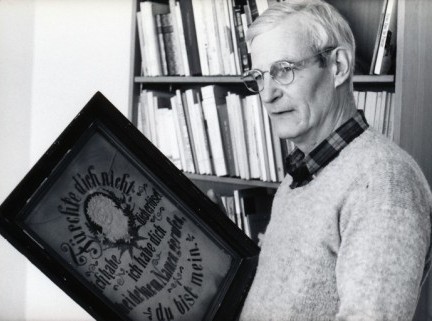[an error occurred while processing this directive]
Interpretive Approaches

Courtesy of Simon Bronner
[Warren’s] return from Norway in the fall of 1960 came at an opportune time. The concept of folklore was expanding. During the first decades of the twentieth century the verbal lore which was the focus of attention of the founding fathers of the American Folklore Society had been subjected to analysis by the historic-geographic method, a technique descended from the study of medieval manuscripts. It was fruitful, and it greatly enlarged the body of information that existed for folktales, ballads, proverbs, riddles, and the like, but it gave little information about the transmitters of the lore. In the late 1950s and early 1960s, the emphasis shifted from the lore itself to what the lore told about the transmitters and their cultures. This shift greatly expanded the materials felt to be appropriate for the study of folklorists. At the same time, the notion of who the folk are expanded far beyond the concepts held by pioneer folklorists to include members of virtually any coherent group. The constant remained tradition, in other words, the informal transmission of information from person to person and generation to generation whether by word of mouth or by demonstration.
W. Edson Richmond,
"Foreword," in Viewpoints, ix.
|
|
[an error occurred while processing this directive]